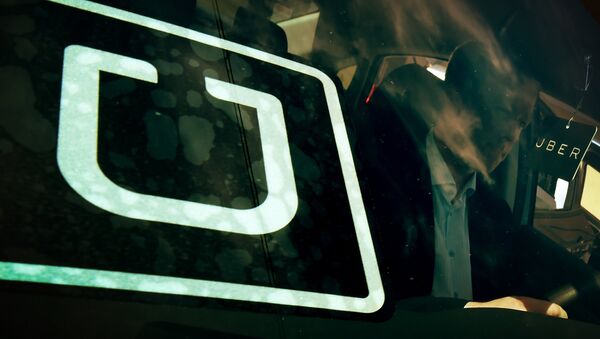Starting Wednesday December 14 residents of the City by the Bay who order an UberX may now be greeted with a driverless car, unless they specifically opt out. A human will be sitting in the driver seat, but would only to take control of the vehicle if something goes awry.
California requires a Department of Motor Vehicles (DMV) permit for autonomous-vehicle test programs. Uber claims to have sidestepped the law, as their self-driving cars have a human in place to take over in high-risk situations. AP reports that the twenty companies who have successfully applied for a permit "must report to the state all crashes and every instance in which a person takes control during testing. All that information is public." Freedom from these regulations and oversight could constitute a competitive advantage, AP speculated.
"Several cities and states have recognized that complex rules and requirements could have the unintended consequence of slowing innovation," according to the Uber website. "Our hope is that California, our home state and a leader in much of the world's dynamism, will take a similar view."
The pilot program in San Francisco follows an earlier Uber program in Pittsburgh, Pennsylvania, which launched in August. The program has been successful, attracting only minor controversy after a few reports of fender benders. Tech Crunch reports that, unlike the Pittsburgh pilot, Uber has commissioned specially-modified Volvo X390’s designed specifically for use in San Francisco.
Uber previously stated that their goal was to create cars that drive with zero human input. Traffic fatalities claimed the lives of 35,000 Americans in 2015, and self-driving cars would likely shrink that number, some say exponentially. Management firm McKinsey told the Wall Street Journal in 2015 that self-driving cars would "eliminate 90% of all auto accidents in the United States, prevent up to US$190 billion in damages and health-costs annually and save thousands of lives."



